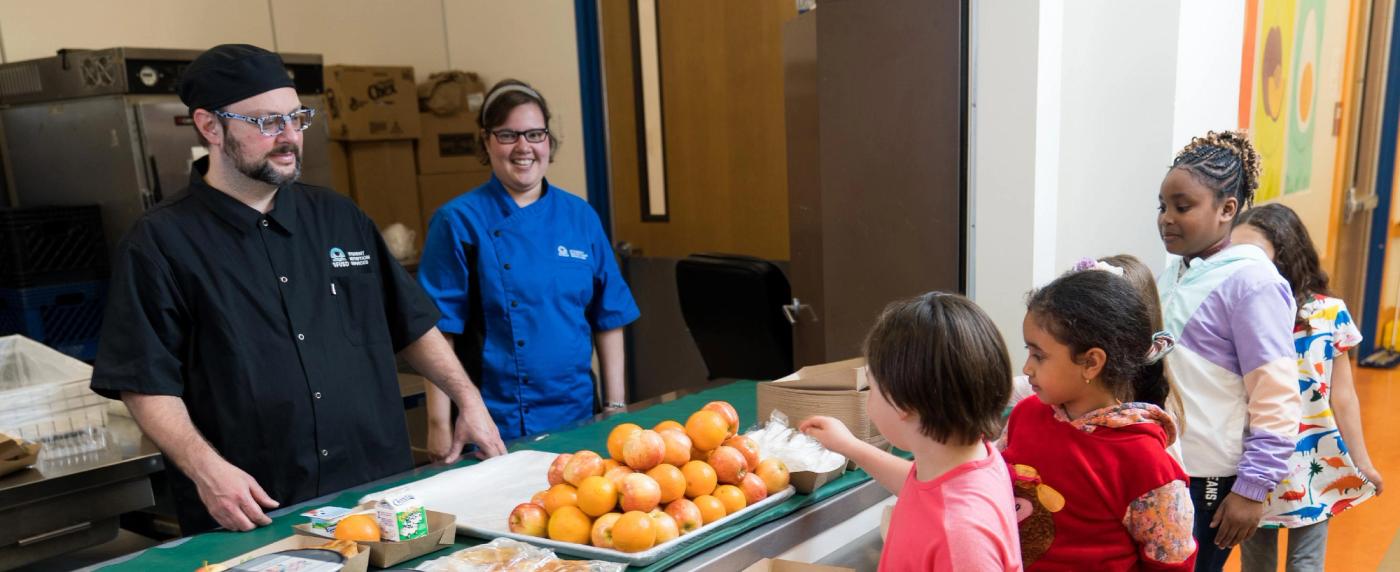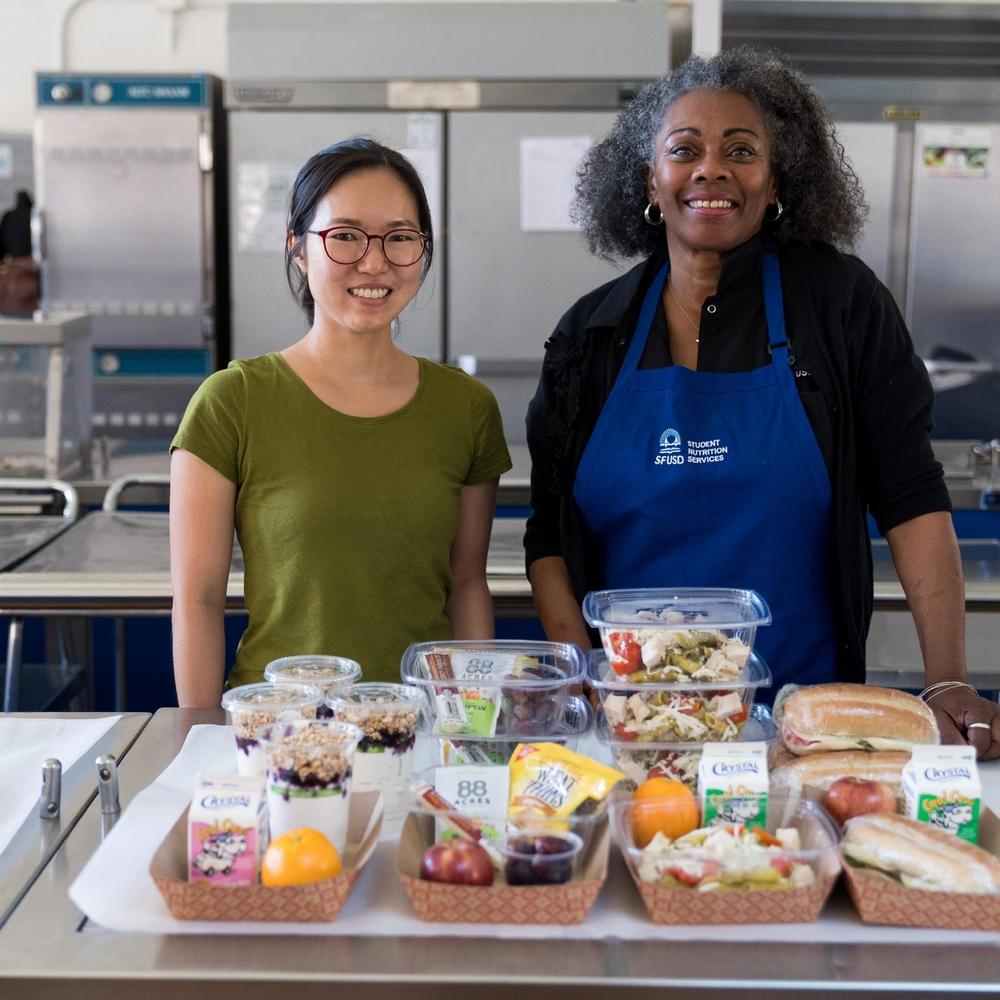San Francisco Bay Area

Participation in the Good Food Purchasing Program by all public Bay Area institutions could*:
Create 106 local jobs equivalent to $5.28 million in annual local wages
Schools and hospitals across the Bay Area are leveraging farm-to-institution programs to bolster the local economy.
Reduce pesticides annually by 3,630 pounds
Alameda and San Francisco counties have identified food purchasing as a key strategy for reducing the region’s environmental footprint.
Increase transparency in food purchasing
Participating San Francisco institutions report annually on progress toward their Good Food Purchasing Program goals to foster public engagement.
*Impacts are calculated based on estimated annual regional food spend. These are the estimated impacts of increasing 30% of current spending on local products, without changing total food spend, and replacing spending on five commonly purchased conventional produce items (corn, broccoli, oranges, peaches, and pears) with organic produce. For additional detail, download the methodology.

"The San Francisco Bay Area is famous for farm to table restaurants, world renowned wine, and mission burritos among many other culinary traditions. But until recently the region's schools, hospitals, and correctional facilities weren't always able to pay the same care and attention to food service that gained the region critical acclaim. The adoption of the Good Food Purchasing Policy has helped change this as food service directors have taken charge and committed to specific improvements in food purchasing to reach the broader goals of a healthy, sustainable, and fair local food system."
 Katie Ettman - Food and Agriculture Policy Manager, SPUR
Katie Ettman - Food and Agriculture Policy Manager, SPURSee how other cities are making a difference.